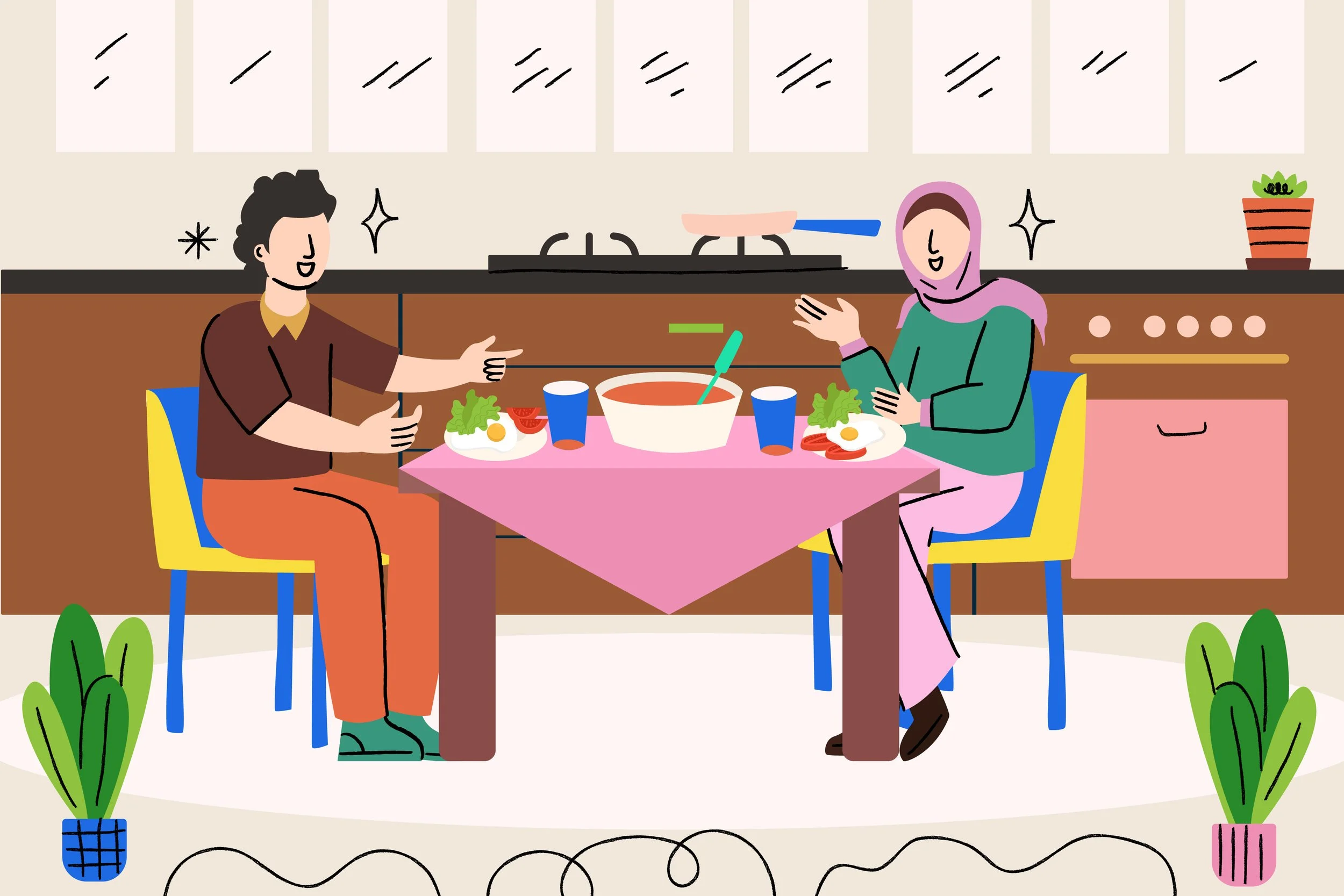Gratitude, Hunger, and Healing: Understanding the Hidden Link Between Food Insecurity and Eating Disorders
As the holiday season approaches, many of us think about food, the recipes we try, the people we’ll gather with, and the gratitude we’ll share. However, for many, this time of year also brings up something harder to talk about: what happens when food isn’t guaranteed.
Food insecurity and eating disorders might seem like opposite struggles—one rooted in scarcity, the other in control—but, in reality, they overlap more than we realize. Both are about survival, and both reflect the complex relationship we have with food in a world where access, affordability, and shame often collide.
Food insecurity isn’t only about hunger. It’s often the anxiety that comes with not knowing when your next meal will be, the guilt of eating when others might not have enough, or the constant calculations about how to make food last. Over time, that instability can turn eating into something stressful or even painful—and it can contribute to disordered eating patterns like bingeing, restricting, or emotional eating.
When I co-founded Green Grove, a youth-led nonprofit focused on bridging the food accessibility gap, it was born out of both personal experience and observation. Growing up, I saw how complicated food could be—not just in my own life, but in the lives of people I loved.
I’ve witnessed how access, culture, and mental health all shape our relationships with food, and I’ve personally experienced the challenges of navigating those relationships in a world that doesn’t make nourishment simple.
Through Green Grove, I wanted to create something that made a tangible difference—something that ensured people didn’t have to feel the fear or guilt that often surrounds food. Over time, I began to see the connection between food insecurity and disordered eating. In some communities, food abundance is everywhere—grocery stores fully stocked, restaurants on every corner, and farms with extra produce. Just a few miles away from these abundances, though, are families choosing between paying rent and buying groceries. I started to notice how this imbalance shapes people’s relationships with food, beyond the physical act of eating. Scarcity teaches the body to hold on tightly—to food, to guilt, to fear—and that’s something I’ve seen mirrored in both food-insecurity and eating disorder recovery.
At Green Grove, we’ve worked to make nutritious food accessible in a way that’s sustainable and empowering. But I’ve learned that food access alone isn’t enough. Education and compassion matter just as much.
Understanding how food can nourish rather than punish is a vital aspect of healing, whether someone is facing food insecurity or recovering from an eating disorder.
When people have reliable access to food and the knowledge to make choices that support their well-being, they start to rebuild trust—in their bodies and in the idea that they deserve to be nourished.
This time of year, it’s quite easy to equate the holidays with food abundance. But abundance shouldn’t just mean having a full table—it should mean creating a world where everyone has the safety and freedom to eat without fear, where food isn’t a source of shame or stress, but one of connection and care.
Food insecurity and eating disorders are both reminders that access to food is deeply tied to mental health. And while they may look different on the surface, both tell the same story: that every person deserves dignity, safety, and nourishment.
This holiday season, I hope that we remember this truth—and that in giving thanks, we also give compassion.
Because everyone deserves to eat. Everyone deserves to heal. And everyone deserves to be nourished.


